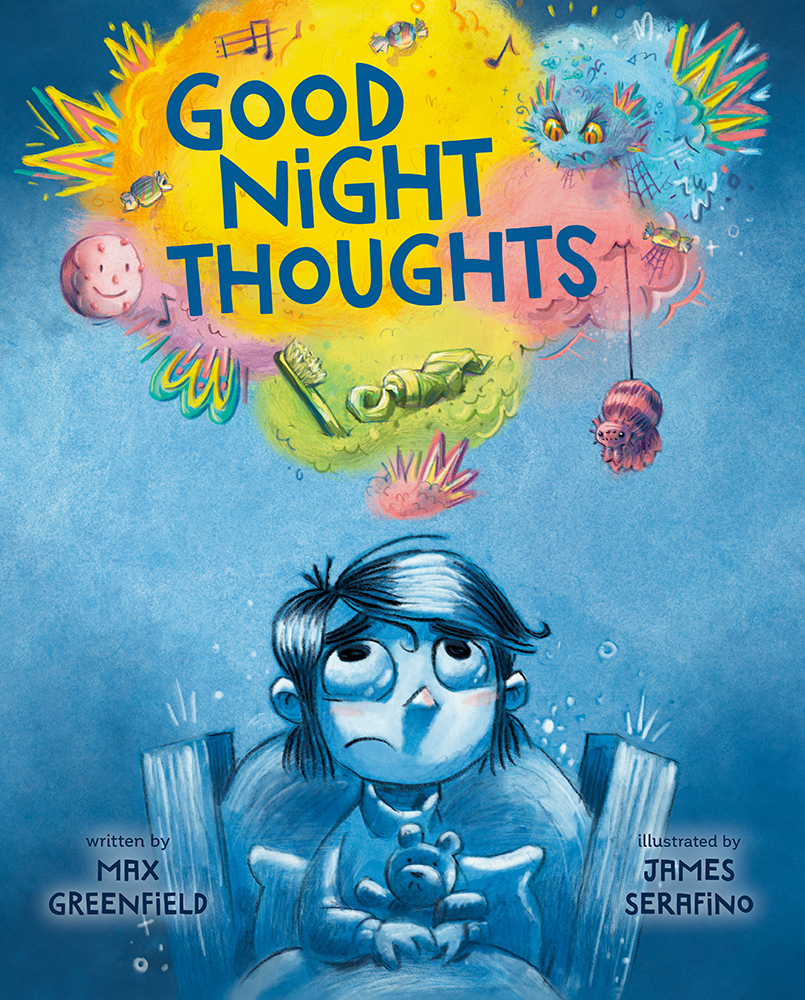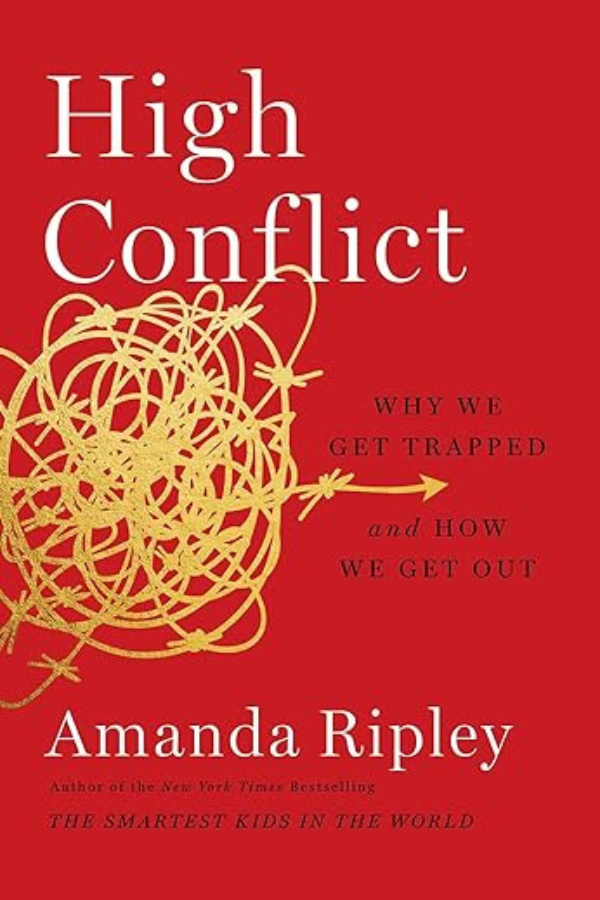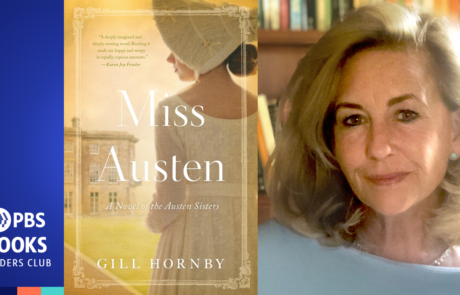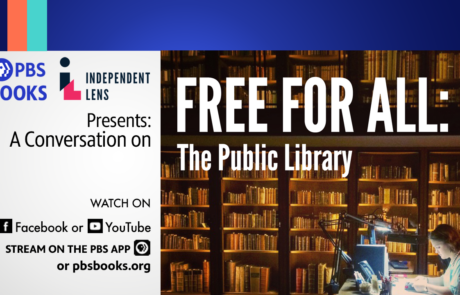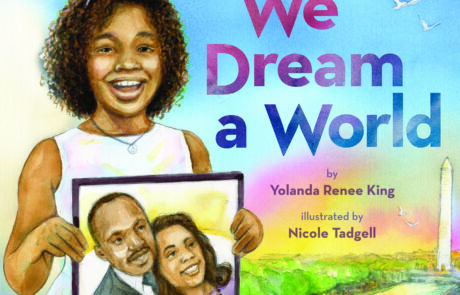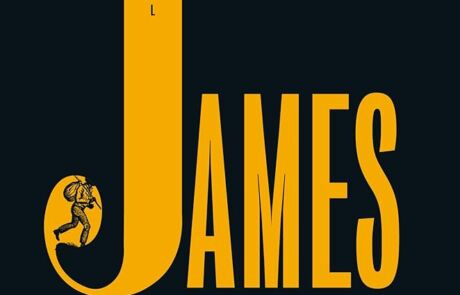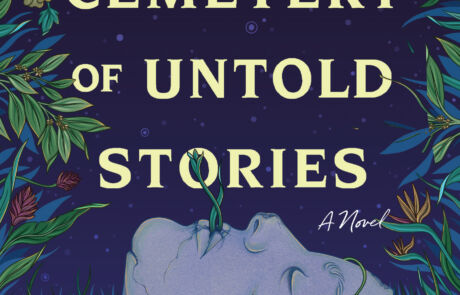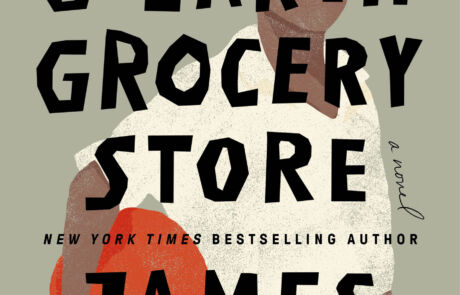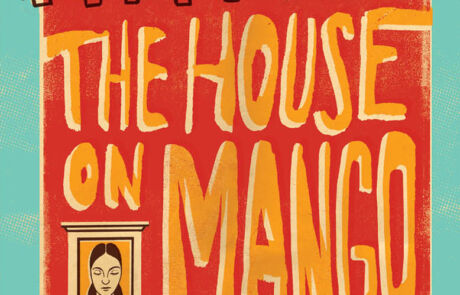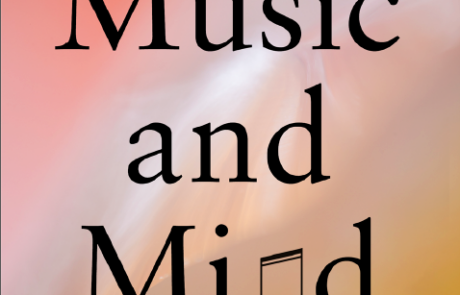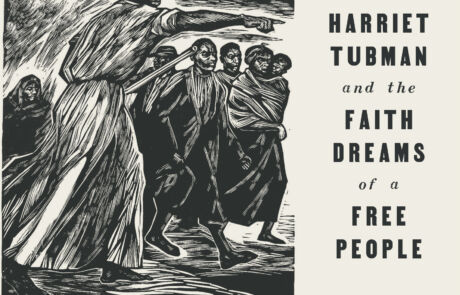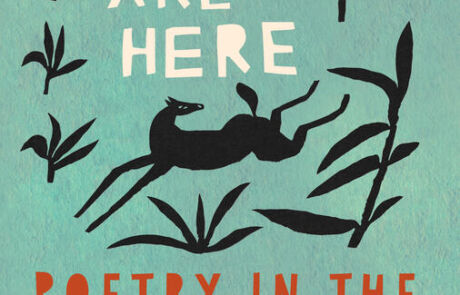City of Night Birds
A once-famous ballerina faces a final choice—to return to the world of Russian dance that nearly broke her, or to walk away forever—in this incandescent novel of redemption and love.
On a White Night in 2019, prima ballerina Natalia Leonova returns to St. Petersburg two years after a devastating accident stalled her career. Once the most celebrated dancer of her generation, she now turns to pills and alcohol to numb the pain of her past.
She is unmoored in her old city as the ghosts of her former life begin to resurface: her loving but difficult mother, her absentee father, and the two gifted dancers who led to her downfall.
One of those dancers, Alexander, is the love of her life, who transformed both Natalia and her art. The other is Dmitri, a dark and treacherous genius. When the latter offers her a chance to return to the stage in her signature role, Natalia must decide whether she can again face the people responsible for both her soaring highs and darkest hours.
Painting a vivid portrait of the Russian ballet world, where cutthroat ambition, ever-shifting politics, and sublime artistry collide, City of Night Birds unveils the making of a dancer with both profound intimacy and breathtaking scope. Mysterious and alluring, passionate and virtuosic, Juhea Kim’s second novel is an affecting meditation on love, forgiveness, and the making of an artist in a turbulent world.

